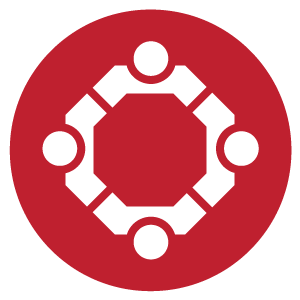Baker to Vegas: Leveraging Pulsara to Manage a Planned Event
Although they have the advantage of prior awareness and preparation, large-scale planned events pose unique challenges for emergency management...
3 min read
 Team Pulsara
:
Mar 24, 2025
Team Pulsara
:
Mar 24, 2025

EMS providers and industry stakeholders can now improve data management, streamline workflows, and reduce the risk of double documentation through data interoperability
New technology tools can be a double-edged sword in emergency medical response. On the one hand, they can enable new efficiencies and improved care. On the other hand, they may require more time, resources, or new workflows to manage and maintain. Where data or functionality may overlap between these technology tools, these systems (and the EMS providers and care teams who utilize them) are often siloed, as well. The busy clinician with little time to spare may suddenly experience double documentation issues when a new technology tool is introduced into their workflows. Or there’s the clinician at the scene of an accident who wants to get critical images of the case to the care team at the hospital but doesn’t have a secure and efficient way to do it.
Many of the systems used by the EMS industry are outdated and typically only marginally connected through one-way or two-way, disparate systems that can ultimately slow down and hinder patient care. That’s where strategic integrations between traditionally disconnected technologies can make a significant difference. From first-on-scene to final documentation, effective integrations can create new pathways of support for EMS providers and care teams — helping enable better, faster patient care for those who need it most.
Pulsara and ZOLL have introduced new integration functionality to do just that. EMS providers and industry stakeholders can now improve data management, streamline workflows, and reduce the risk of double documentation through data interoperability. Likewise, users can now leverage enhanced patient care coordination functionality throughout the continuum of care, helping ensure that all members of the care team are kept informed.
Starting with the patient care data collected in the Pulsara communication platform, clinicians can leverage the integration to directly import the data into ZOLL emsCharts ePCR software. That can include everything from patient demographics, vitals, and chief complaint to other critical data such as ECG images, photos of the scene, patient driver’s license, medication lists, insurance cards, and refusal/consent forms.
As a result, EMS providers can reliably mitigate a variety of common pain points, such as:
The Pulsara + ZOLL emsCharts integration delivers a myriad of capabilities and benefits for EMS providers and stakeholders across a wide range of patient care and administrative use cases. When care teams and the tools they use are connected, patient care coordination becomes more effective and aligned, ensuring that the right information is delivered to the right team members at the right time.
Pulsara + ZOLL emsCharts Integration Benefits for EMS Providers:
Readers who want to learn more about the integration between Pulsara and ZOLL emsCharts can visit www.pulsara.com/emscharts.
About ZOLL Software and Data Solutions
ZOLL provides data systems that deliver more. Our software and data solutions empower EMS, fire, and healthcare financial industries to deliver better patient outcomes, operational efficiencies, and greater revenue capture. We leverage decades of clinical expertise, relentless customer focus, and a powerful, cloud-based platform to help tackle unique challenges from EMS dispatch to facility discharge, as well as RCM optimization and healthcare data interoperability. Our business exists to help save more lives through data-driven innovation, opening new pathways for our customers to achieve the highest levels of care, collaboration, and efficiency.
About Pulsara
Pulsara is the communication and logistics platform that connects first responders, EMS, hospitals, emergency managers, and public health teams on a single network. From routine emergencies to large-scale incidents, Pulsara unites care teams in a shared patient channel, enabling fast, secure communication and coordination. By streamlining updates and decision-making, Pulsara helps teams improve treatment times by an average of 22% to 68%, leading to better patient outcomes.
During large-scale incidents, Pulsara’s patient movement system helps triage and keep track of patients throughout the incident. Pulsara assists in evacuation and reunification efforts as the incident unfolds. As the industry’s trusted infrastructure for emergency communication, Pulsara connects first responders, medical providers, and emergency managers across communities, regions, and entire states. For more information, visit www.pulsara.com.

Although they have the advantage of prior awareness and preparation, large-scale planned events pose unique challenges for emergency management...

For Those Who Love a Good "Oopsie!" At Pulsara, we pride ourselves on enabling secure, HIPAA-compliant communication for healthcare teams. But let’s...

March Recap A New Integration: Improving Data Management, Streamlining Workflows, and Improving Care CoordinationOnly a few days ago, we announced...